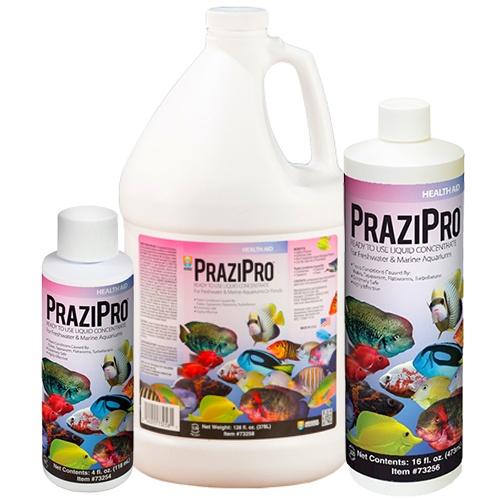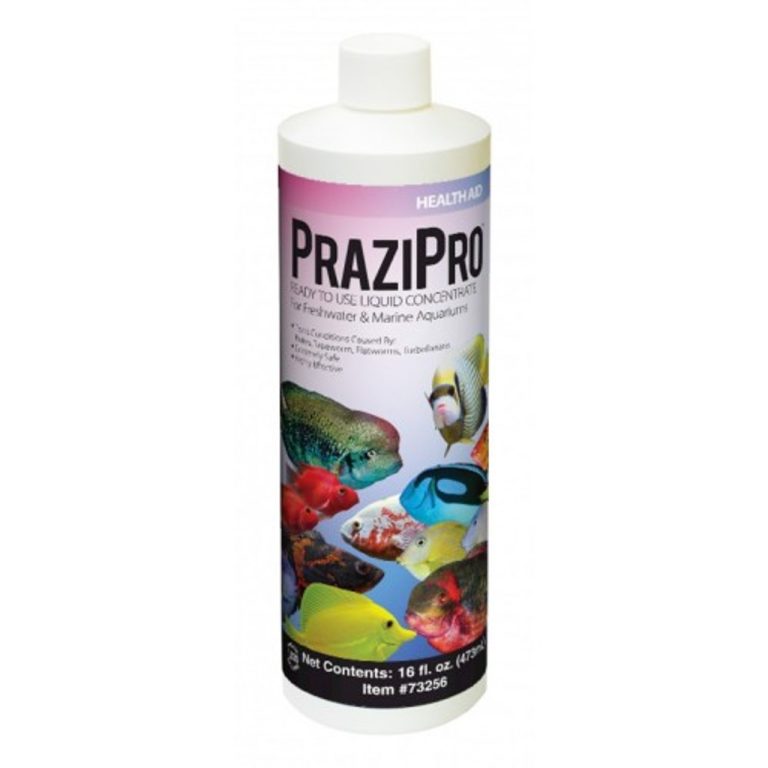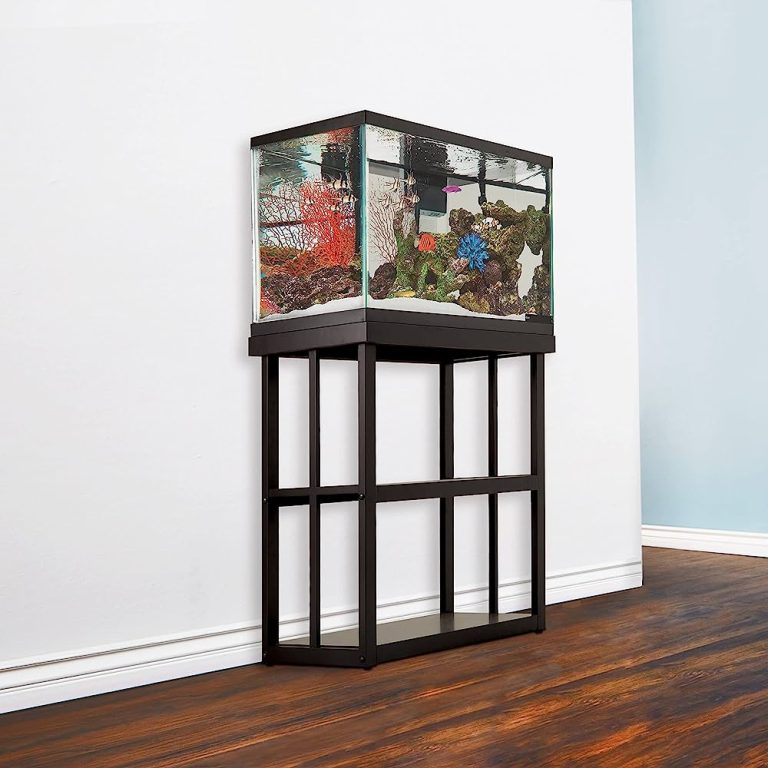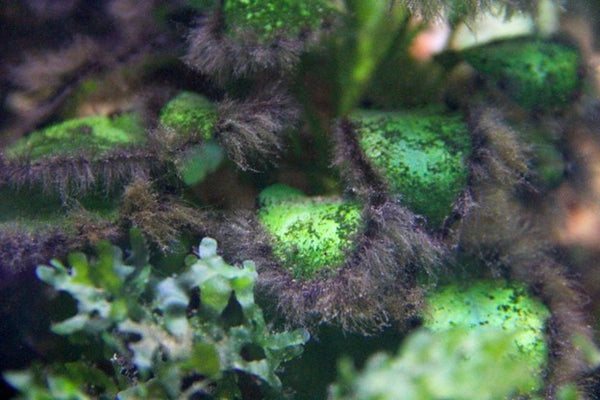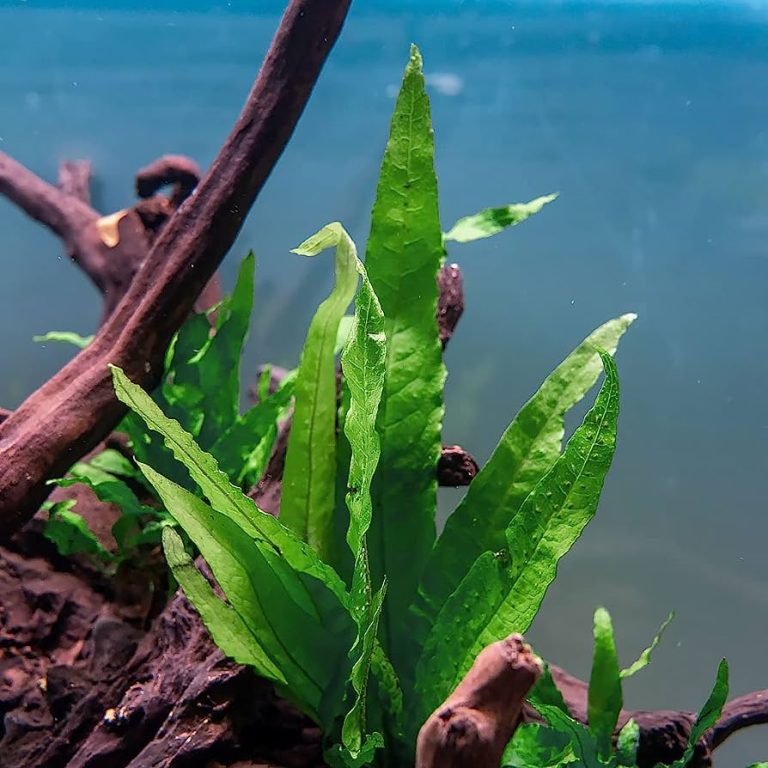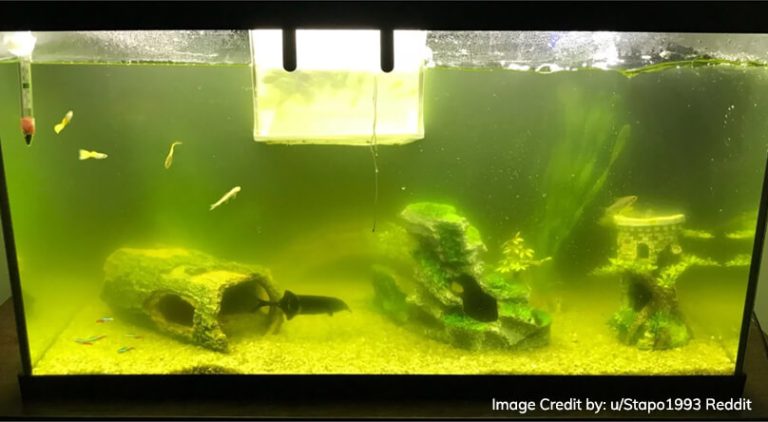Pros And Cons Of Undergravel Filter
Undergravel filters are a popular choice among aquarium hobbyists for their ability to provide biological filtration and improve water quality. However, like any filtration system, they have their pros and cons. In this article, we will explore the advantages and drawbacks of undergravel filters to help you make an informed decision for your aquarium setup.
What is an Undergravel Filter and How Does it Work?
An undergravel filter is a type of aquarium filter that is installed beneath the aquarium substrate. It consists of a plastic plate with holes that allows water to flow through it and a lift tube that creates an upward water flow. The filter relies on the beneficial bacteria that grow in the substrate to break down waste products and remove harmful substances from the water.

Pros of Undergravel Filters
1. Cost-effective: Undergravel filters are generally more affordable compared to other types of filtration systems. They provide adequate biological filtration without breaking the bank.
2. Simple Installation: Installing an undergravel filter is relatively easy and straightforward. All you need to do is place the filter plate on the bottom of the aquarium, cover it with substrate, and connect the lift tube to an air pump or powerhead for water circulation.
3. Minimal Visual Disturbance: Undergravel filters are discreet and do not take up much space in the aquarium. They are a great option if you prefer an unobtrusive filtration system that does not distract from the aesthetics of your tank.
4. Promotes Biological Filtration: Undergravel filters excel at providing biological filtration, which is essential for maintaining a healthy aquarium. The beneficial bacteria that colonize the substrate help break down toxic substances such as ammonia and nitrites, creating a favorable environment for fish and other aquatic inhabitants.
5. Improves Oxygenation: The upward water flow created by the lift tube in an undergravel filter promotes oxygenation of the water. This is especially beneficial for fish that require well-oxygenated water to thrive.
Cons of Undergravel Filters
1. Limited Mechanical Filtration: Undergravel filters primarily focus on biological filtration, meaning they do not excel at removing debris and particles from the water. If you have a heavily stocked aquarium or a significant amount of waste, you may need to supplement the filter with additional mechanical filtration options.
2.Compromised Aesthetic Potential: Undergravel filters require the use of gravel or sand as a substrate, which restricts your choice of aquarium setup. If you prefer a bare-bottom tank or a more intricate aquascape, this type of filtration system may not be suitable.
3. Potential Clogging: The holes in the undergravel filter plate can become clogged over time, reducing water flow and hindering the filter’s efficiency. Regular maintenance and cleaning of the substrate are necessary to prevent this problem.
4. Limited Chemical Filtration: Undergravel filters do not offer efficient chemical filtration capabilities. If you need to remove toxins, medications, or other dissolved substances from the water, you will need to use separate chemical filtration methods like activated carbon or chemical filter media.
Frequently Asked Questions
1: Do undergravel filters work for all aquarium setups?
Undergravel filters are suitable for most freshwater aquarium setups, but they may not be ideal for aquariums with heavy fish loads or tanks that require extensive mechanical and chemical filtration.
2: How often should I clean my undergravel filter?
Regular maintenance is crucial for an undergravel filter. Plan on cleaning the substrate and the filter plate every 1-2 months to prevent clogging and maintain optimal water flow.
3: Can I use an undergravel filter in a planted aquarium?
While undergravel filters can be used in planted aquariums, keep in mind that some plants may have difficulty rooting in substrate with a filter plate. It’s best to choose hardy plants or consider other filtration options if you have a heavily planted tank.
Final Thoughts
Undergravel filters offer an affordable and efficient option for maintaining good water quality in aquariums. They are particularly suitable for hobbyists on a budget or those who prefer a simple and discreet filtration system. However, it’s important to consider the limitations of undergravel filters, such as their minimal mechanical and chemical filtration capabilities.
Before choosing an undergravel filter, assess the specific needs of your aquarium and the inhabitants it houses. If you have a heavily stocked tank or require advanced filtration, you may need to supplement or explore alternative filtration methods. As with any filtration system, regular maintenance and monitoring of water parameters are essential for the health and well-being of your aquatic ecosystem.

